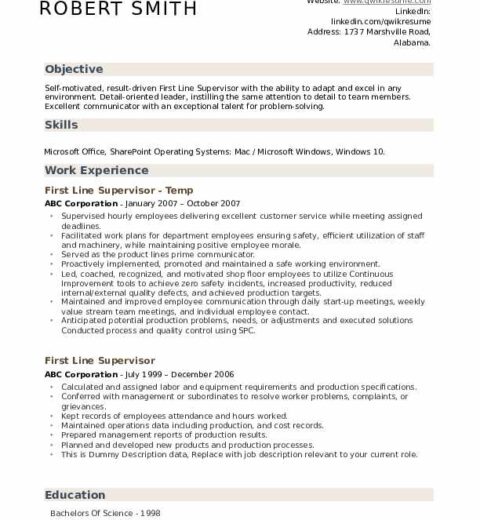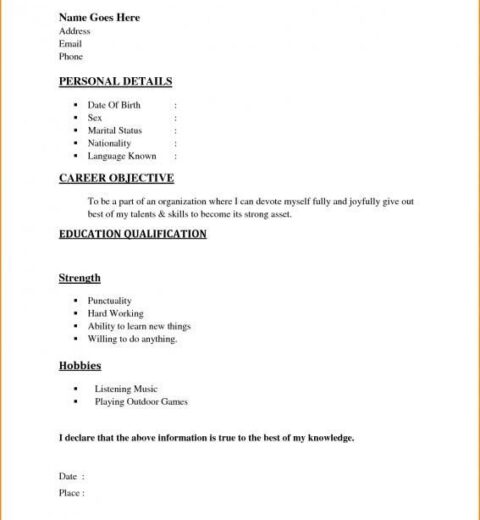In the realm of job searching, one of the perennial questions that applicants grapple with is whether their resumes should span a single page or extend to a second. This query is not merely a matter of page count; rather, it delves into the underlying preferences of employers, evolving industry standards, and the quintessential purpose of a resume itself. As we dissect this subject, we shall explore the merits and drawbacks of multi-page resumes, alongside the contexts that may dictate their appropriateness.
The origins of the one-page resume as a standard are frequently attributed to the notion that brevity is synonymous with clarity. Job seekers are advised to present their most pertinent information succinctly, encapsulating their experiences and qualifications in a manner that is easily digestible for hiring managers, who often skim resumes rather than reading them in detail. This paradigm champions the idea that conciseness reflects strong communication skills, a highly valued trait, particularly in fast-paced professional settings.
However, as professional landscapes shift, so too does the conventional wisdom regarding resume length. Certain industries, particularly those that are more technical or creative in nature, may warrant a more elaborate representation of a candidate’s credentials. For instance, in fields such as academia, engineering, or the arts, a two-page resume may not merely be accepted but rather welcomed. Such multifaceted applications often necessitate a comprehensive detailing of projects, publications, portfolios, and collaborative efforts that cannot be adequately encapsulated within the confines of a single sheet.
Moreover, a two-page resume allows for a richer narrative. It provides applicants the opportunity to elaborate on their experiences, highlight key achievements, and expound upon the skills that render them distinctive in a competitive job market. This extended format can facilitate the articulation of a candidate’s career trajectory, showcasing not only what they have accomplished, but also how their journey has sculpted their professional identity.
Yet, the decision to employ a two-page resume should not be made lightly. One must consider the implications of submitting a lengthier document. Employers often sift through numerous applications, assessing candidates based on the initial impression formed during a brief encounter with their resume. Thus, a two-page resume risks the potential of overwhelming hiring managers, especially if the content appears redundant or is laden with superfluous detail.
Another critical consideration is the specificity of the job description at hand. Tailoring one’s resume to align with the job requirements is a fundamental step in modern job searching. Should an applicant possess a wealth of relevant experience and skills that directly relate to the role they seek, a two-page format may be entirely appropriate. Conversely, if the majority of one’s experiences are tangentially related, encapsulating this in a single page may not only suffice but be ideal. A concise presentation can convey the message that the applicant values the reader’s time, enhancing their professional image.
Feedback from hiring professionals can illuminate further insights. It is frequently suggested that when in doubt, an applicant should opt for a single-page resume. However, many HR representatives in specialized industries have stated that they appreciate the breadth of information that a two-page resume can offer. For applicants venturing into the mid-level or executive tiers, an expansive showcase of leadership roles, strategic initiatives, and quantifiable achievements may be essential in delineating their qualifications.
The visual appeal of a resume also warrants consideration. A two-page resume can provide the designer with additional space to create a cohesive layout that is visually engaging. This may include the strategic use of headings, bullet points, and whitespace to guide the reader’s eye and facilitate quicker comprehension. An aesthetically pleasing format can elevate the overall impression of the document, making it more memorable.
It is also prudent to acknowledge the role of applicant tracking systems (ATS), which many organizations utilize to streamline the hiring process. These systems parse resumes for keywords and experience relevant to specific job openings. In light of this, a two-page resume must be crafted with utmost care to ensure that it is not only rich in content but also optimized for ATS compatibility. It is essential to maintain clarity and utilize standard formatting to avoid complications in automated screenings.
In conclusion, the question of whether to craft a two-page resume is nuanced, hinging on various elements such as industry norms, the applicant’s background, and the specific position being targeted. In instances where robust expertise and a multitude of accomplishments exist, extending the resume to two pages may fulfill the candidate’s objective by providing a holistic view of their professional journey. Conversely, in contexts requiring succinctness, a well-crafted one-page resume may effectively captivate the hiring manager’s attention. Ultimately, the decision should stem from a careful assessment of the individual’s unique circumstances and the demands of the role in question.
As the job market continues to evolve, so too must the strategies employed by candidates. Adapting to these changes by thoughtfully considering resume length is not only a practical endeavor but a reflection of an applicant’s ability to navigate their professional landscape with agility and insight.




